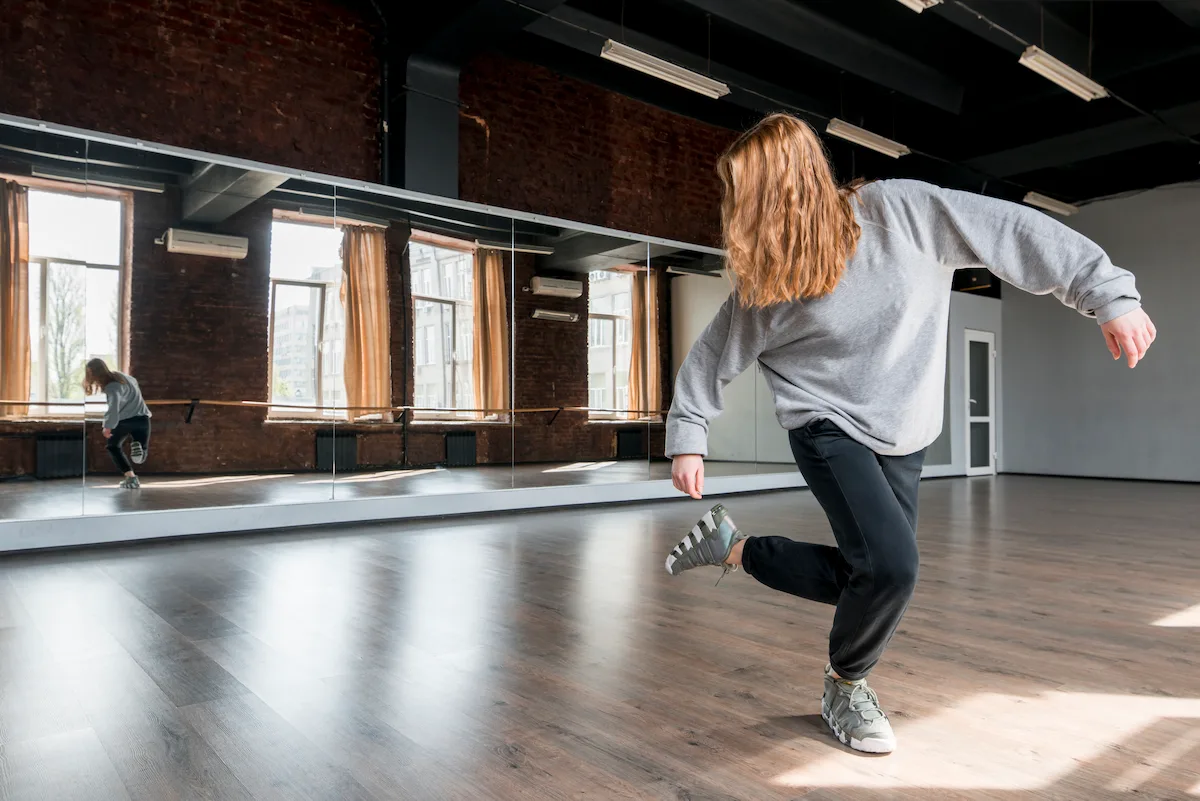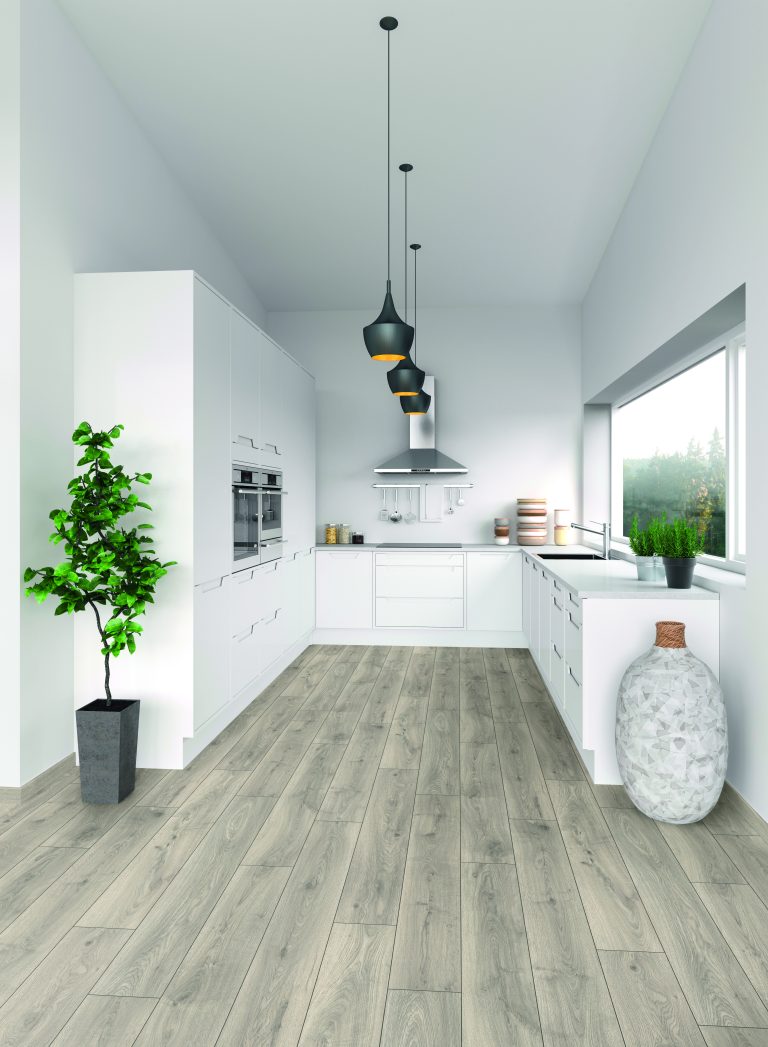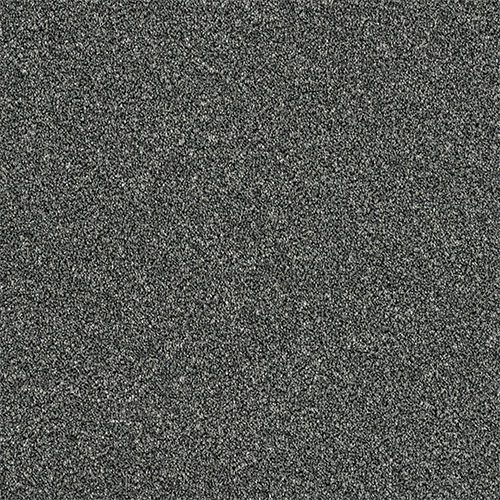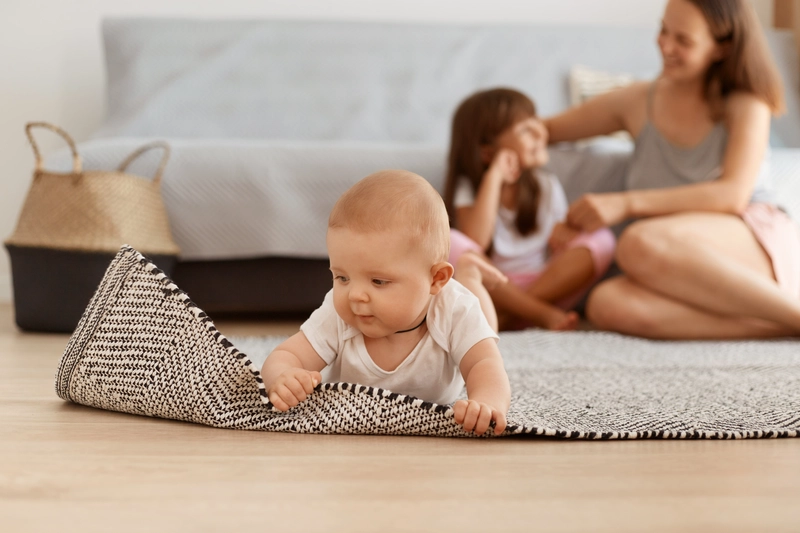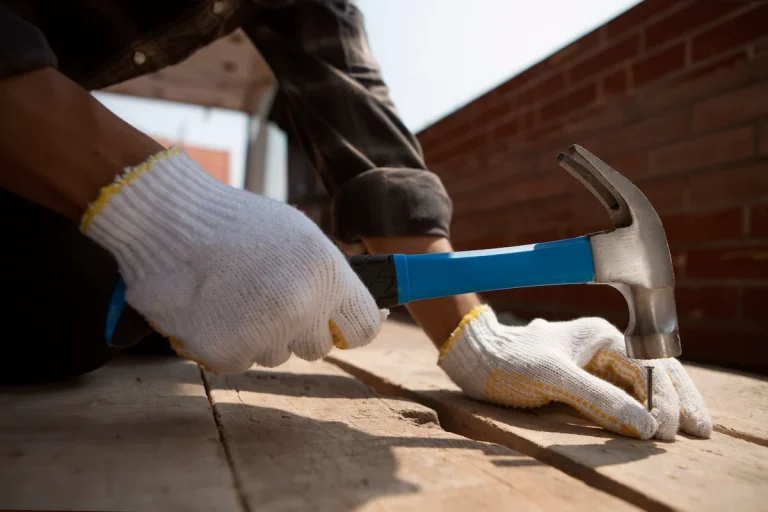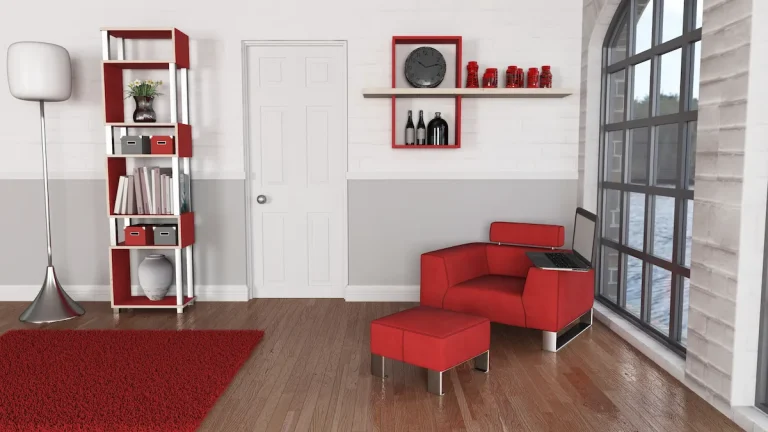Selecting the right flooring option for dance studio is crucial for performance, safety, and aesthetics. The ideal floor should provide the appropriate balance of traction, shock absorption, and durability to accommodate various dance styles. What is the best flooring for a dance studio? This guide explores the top flooring options, highlighting their features and suitability for different dance environments.
What Is the Best Flooring for a Dance Studio?
What type of flooring is best for dance? A variety of dance studio flooring materials are available for dance studios, each presenting distinct advantages and considerations tailored to meet the specific needs of different dance styles and performance requirements.
A. Vinyl Flooring
Vinyl flooring, often referred to as Marley flooring, is a popular choice for dance studios due to its versatility and affordability. It offers a smooth, slip-resistant surface suitable for various dance styles, including ballet, jazz, and contemporary. Vinyl is also easy to install and maintain, making it ideal for both permanent and temporary setups. Its cushioned backing provides additional comfort and reduces the risk of injuries.
B. Hardwood Flooring
Hardwood floors are renowned for their durability and classic appearance. They provide a solid, stable surface that supports a wide range of dance styles. Hardwood is particularly favored in studios focusing on tap, ballroom, and other styles requiring a firm surface. However, hardwood floors can be more expensive and may require regular maintenance to preserve their quality.
C. Laminate Flooring
Laminate flooring offers a cost-effective alternative to hardwood, mimicking its appearance while being easier to install and maintain. It is suitable for studios that need a durable surface without the higher cost of real wood. However, laminate may not provide the same level of shock absorption as other materials, making it less ideal for high-impact dance styles.
D. Carpet Flooring
While not commonly used in professional dance studios, carpet can be an option for multipurpose spaces or areas focusing on low-impact activities. Carpet provides a soft surface that reduces noise and offers comfort. However, it may hinder movement and is not suitable for styles requiring smooth, gliding motions.
E. Sprung Floors
Sprung floors are designed to absorb shocks, providing a softer surface that reduces the risk of injuries. They are often used in conjunction with vinyl or hardwood surfaces to enhance comfort and safety. Sprung floors are ideal for studios that host high-impact dance styles or require additional cushioning.
What Makes Vinyl flooring for Dance Studio Become a Popular Choice?
Vinyl flooring is the best flooring for dance studio, thanks to its affordability, durability, low maintenance, and adaptability across dance styles. It offers a safe, smooth surface suitable for everything from ballet to hip-hop.
1. Affordable and Durable
Vinyl is cost-effective to install and lasts for years with minimal upkeep. Its resistance to wear, scratches, and moisture makes it a long-term investment, especially when compared to pricier options like hardwood.
2. Easy to Install
Vinyl’s lightweight design and click-and-lock system make it easy to install, even as a portable dance floor. This is ideal for studios with changing layouts or temporary setups.
3. Low Maintenance
Vinyl requires only regular sweeping and occasional mopping with a mild cleaner. It doesn’t need waxing or refinishing, saving time and money on upkeep.
4. Versatile and Comfortable
Vinyl supports a wide range of dance styles, offering enough traction for ballet and glide for contemporary dance. Some types include cushioned backing for added comfort during long rehearsals.
In short, vinyl provides a practical, professional, and flexible flooring solution for modern dance studios.
Key Considerations for Choosing Dance Studio Flooring
When selecting flooring for a dance studio, consider the following factors to ensure the best fit for your needs:
A. Dance Style Compatibility
Different dance styles have unique flooring requirements. For example, ballet and contemporary dance benefit from smooth, slip-resistant surfaces like vinyl, while tap and ballroom require harder surfaces like hardwood for optimal sound and movement.
B. Shock Absorption
Floors with good shock absorption reduce the impact on dancers’ joints, minimizing the risk of injuries. Vinyl flooring with cushioned backing or sprung floors are excellent choices for providing the necessary support.
C. Maintenance and Durability
Consider the ease of maintenance and the durability of the flooring material. Vinyl floors are low-maintenance and resistant to scratches and moisture, making them suitable for high-traffic studios. Hardwood floors, while durable, may require more upkeep to maintain their appearance.
D. Installation and Cost
Evaluate the installation process and overall cost of the flooring options. Vinyl flooring is generally more affordable and easier to install, making it a practical choice for many studios. Hardwood and sprung floors may involve higher costs and more complex installation procedures.
E. Aesthetic Appeal
The visual aspect of the flooring can influence the ambiance of the studio. Choose a flooring option that complements the studio’s design and creates an inspiring environment for dancers.
Selecting what is the best flooring for a dance studio involves balancing performance, safety, maintenance, and visual appeal. Vinyl remains a top contender for its versatility and cost-efficiency, while hardwood and sprung floors offer enhanced benefits for specific dance needs. Evaluate your studio’s requirements to make the right choice.
Ready to transform your dance studio with the perfect flooring? Contact TEKA Flooring today to explore our range of high-quality dance studio flooring solutions tailored to your needs.
Read also:


























